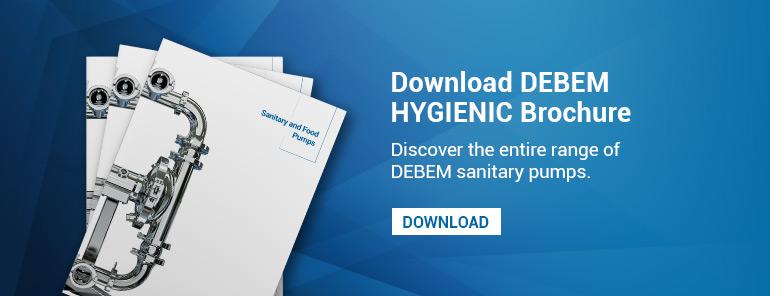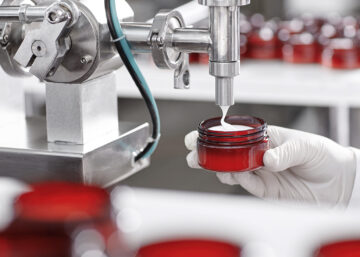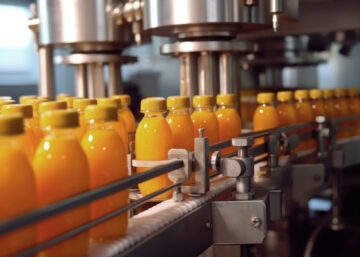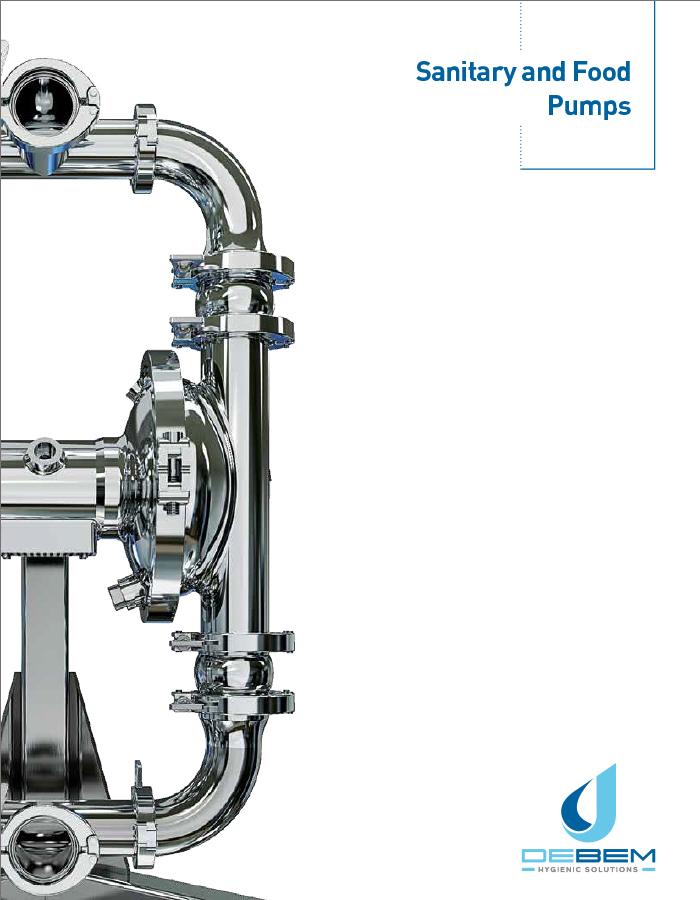How to choose a food grade liquid pump?
In the field of food and beverage production processes, the choice of a suitable food grade liquid pump is a fundamental aspect of both maintaining high hygiene standards and preventing contamination risks. There are several choices available on the market and they concern different pumping technologies such as lobe pumps, double diaphragm pumps, centrifugal pumps and peristaltic pumps. All these solutions must guarantee the integrity of the processed product by preserving it from risks resulting from possible contact with the mechanical parts of the pump. In this article we provide several useful tips to support the process of choosing pumps for liquid foods.
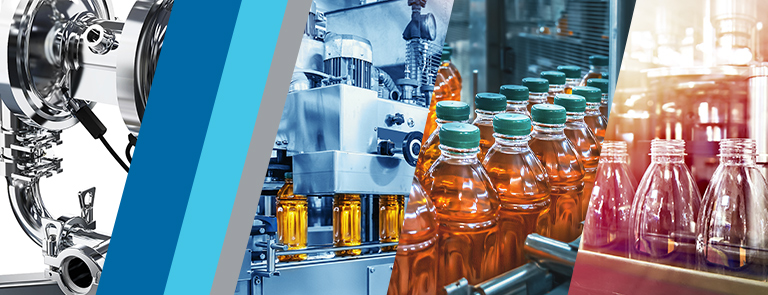
Factors to consider when choosing a food liquid pump
Various pumping technologies are available on the market that can efficiently support liquid transfers within food processes. The main evaluation aspects concern the following points.
Calculate the optimum flow rate
All listed pumping technologies must have an optimal flow rate expressed by the flow rate, which in turn expresses the volume of fluid that can be transferred per unit of time. Determining the flow rate is critical in selecting the correct food-grade liquid transfer pump. Low flow rates can cause the pump to overheat with the risk of failure. On the other hand, a pump with a high flow rate may initially be under-utilized and at the same time constitute high start-up costs for the system. By choosing the optimal flow rate, a percentage threshold of utilization can be defined in relation to the pump’s maximum capacity. This reduces the risk of wear in the short term (due to overuse of the pump) and at the same time creates scalable conditions for an eventual expansion of the system.
The characteristics of the food liquid
When choosing a pump, it is important to assess the characteristics of the food liquids to be handled by the application under evaluation. Operators should therefore consider the following factors:
- Fluid viscosity: this directly influences the pump’s flow rate. Very viscous liquids, in general almost all food liquids have a higher viscosity than water, reduce the maximum capacity of the pumps.
- Shear rate of the liquid: in the processing of confectionery, dairy products, meat and poultry, attention must be paid to the shear rate of the liquid, which must not cause any alteration to the semi-finished product, or the end product obtained by pumping.
- Abrasiveness of the material: liquids with a high sugar content can easily wear out the mechanical components of a pump with the risk of abrasion of the materials and consequent increase in maintenance and repair costs.
- Presence of solids: the presence of solids is a very common factor in the processing of food sauces or fruit fillings. In this case, it is important to select a pumping technology that can handle the presence of solid particles within the liquid.
The construction materials of liquid food transfer pumps
Compatibility between the pump material and the liquid to be transferred ensures better operation and a longer service life for the application. Beverage pumps are generally made of stainless steel, a material that can efficiently handle most food liquids. Care must also be taken to ensure that the materials are compatible with the substances used in the CIP (cleaning in place) processes required to clean and sanitize the pump. In this case, the material must not only be compatible with the food liquid, but also with the substance used in the pump sanitization processes.
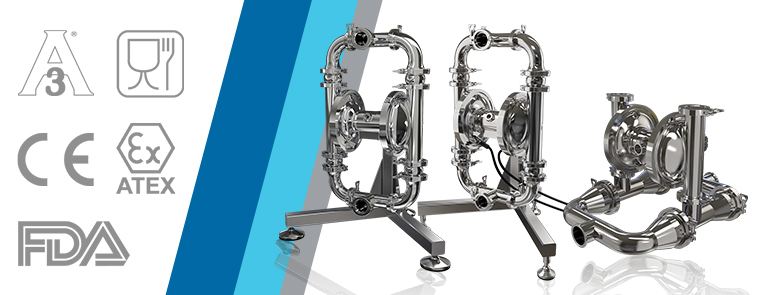
Regulatory certification for food pumps
The use of a liquid transfer pump within the food industry is regulated by several important regulatory certifications issued by specialized organizations such as the US Food and Drug Administration (FDA), which is the most widely used standard in the food industry. Other regulations governing the use of pumping applications in the food industry include MOCA, EHEDG and 3A (for pharmaceutical environments).
DEBEM solutions in the field of liquid food transfer pumps
Debem specializes in offering pumping solutions suitable for transferring fluids in the food industry with a wide range of pumps capable of supporting all flow rate requirements depending on the application plant. Debem’s pumps for food transfer liquids are capable of handling liquids with high viscosity even with the presence of suspended solids. Debem food grade pumps are made of mechanically polished AISI 316 L material while the diaphragms consist of a food grade PTFE part and an EPDM layer. All materials used are fully compatible with food-grade liquids while the absence of anchoring elements reduces the risk of abrasion from potential contact with the transported fluid. The rapid emptying system allows all CIP (cleaning in place) and pump sanitization operations to be handled with extreme efficiency. DEBEM’s food-grade AODD pumps are MOCA, FDA, 3A certified and are compatible for use within ATEX zones.
The pumps offered by Debem for handling food liquids optimally cover all the basic requirements that determine the choice of the right pumping solution. If you require further information, please contact our sales team, who can advise you on the right pumping solution.



